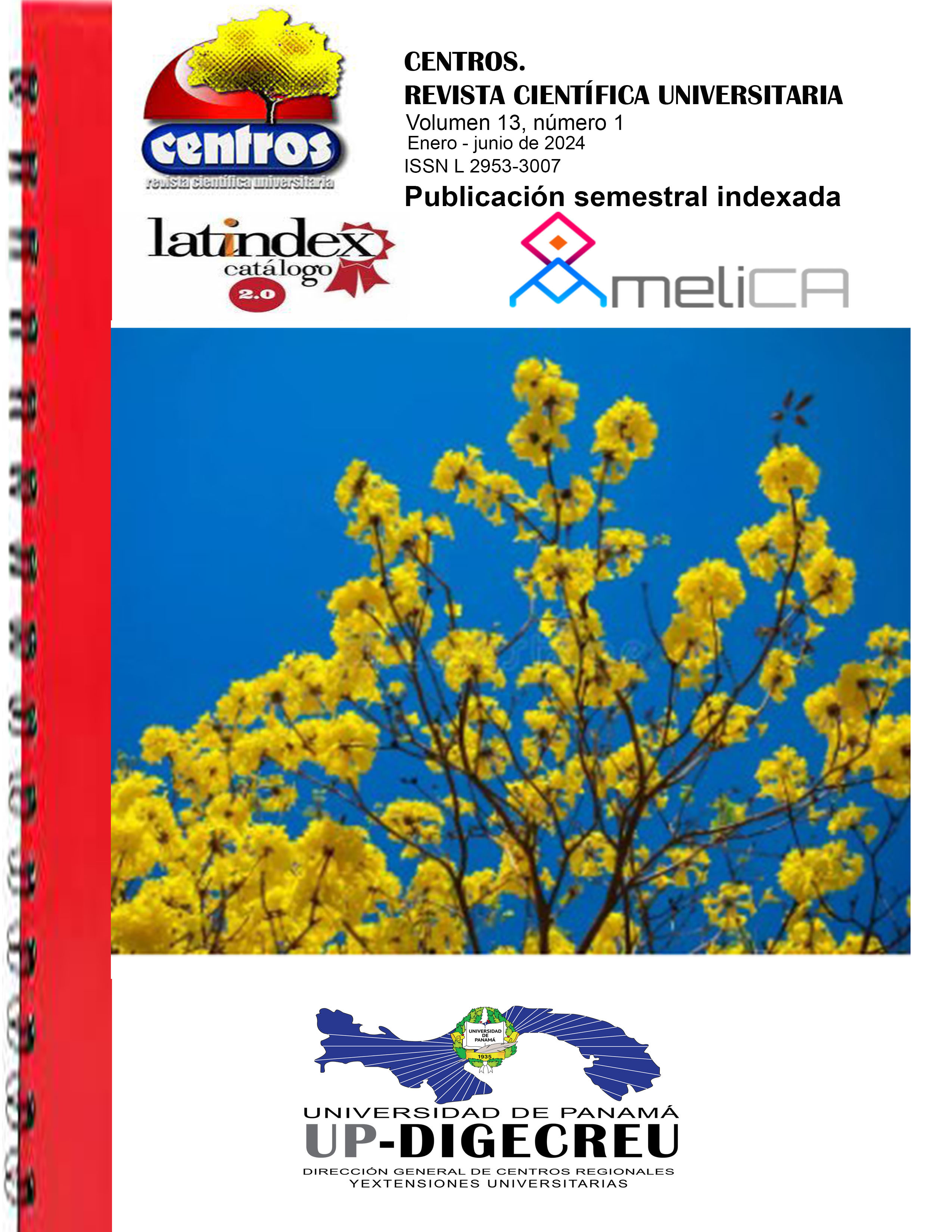

Copyright (c) 2024 Centros: Revista Científica Universitaria

This work is licensed under a Creative Commons Attribution-NonCommercial-ShareAlike 4.0 International License.
Anthropogenic solid waste was classified and quantified at the Los Olivos spa points and La Villa River Bridge. The checklist technique was used to classify and quantify waste in the study area. Sampling was carried out every fifteen days for a period of four months during the 2023 dry season. In addition, the sanitary quality of the water of the La Villa River in the two study sites was determined using fecal and total coliform contamination indicators. The results indicate that the most abundant waste corresponds to food and plastic bags and plastic bottles. Fecal coliform values were found that exceed the maximum value allowed for recreational waters; an increase in coliforms was also reported in the rainy season compared to what was reported in the dry season. The solid waste of anthropogenic origin found indicates that the population improperly disposes of its waste, which affects the quality of this effluent, as well as the ecosystem services it provides. Due to the aforementioned, raising awareness among the population of the area is necessary to have a La Villa River with less pollution and the effects on the quality of its waters are minimized.